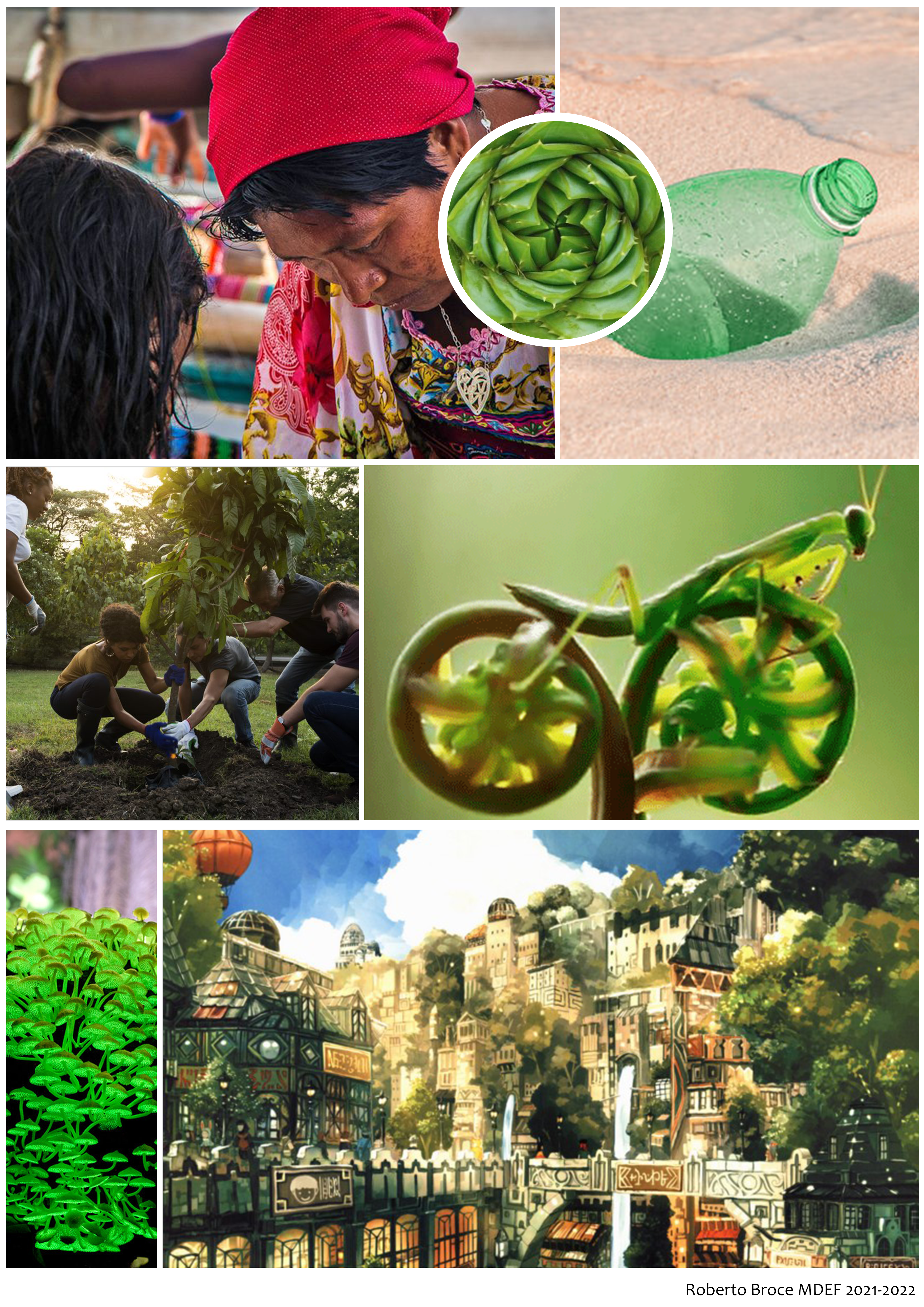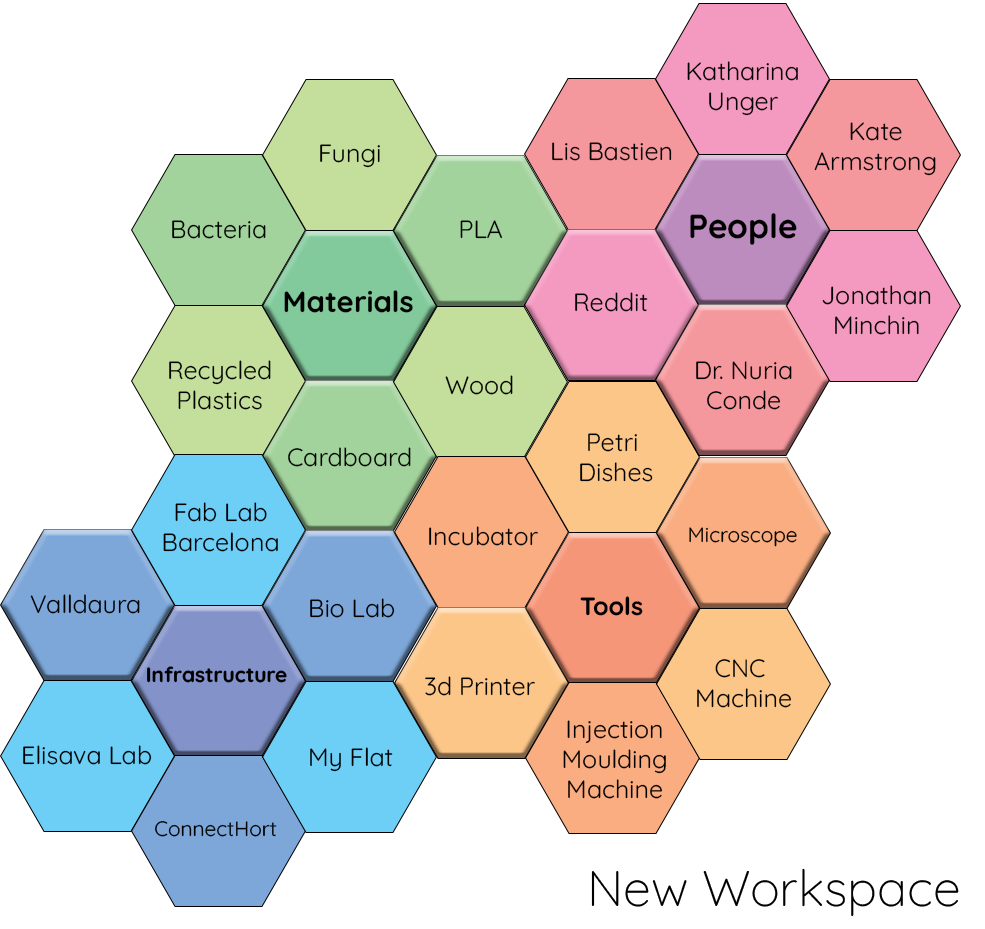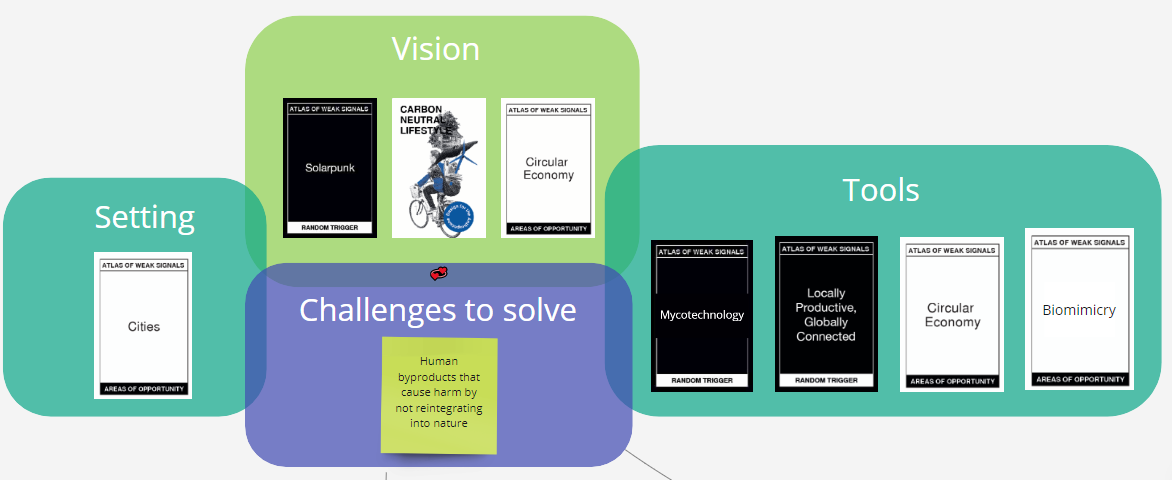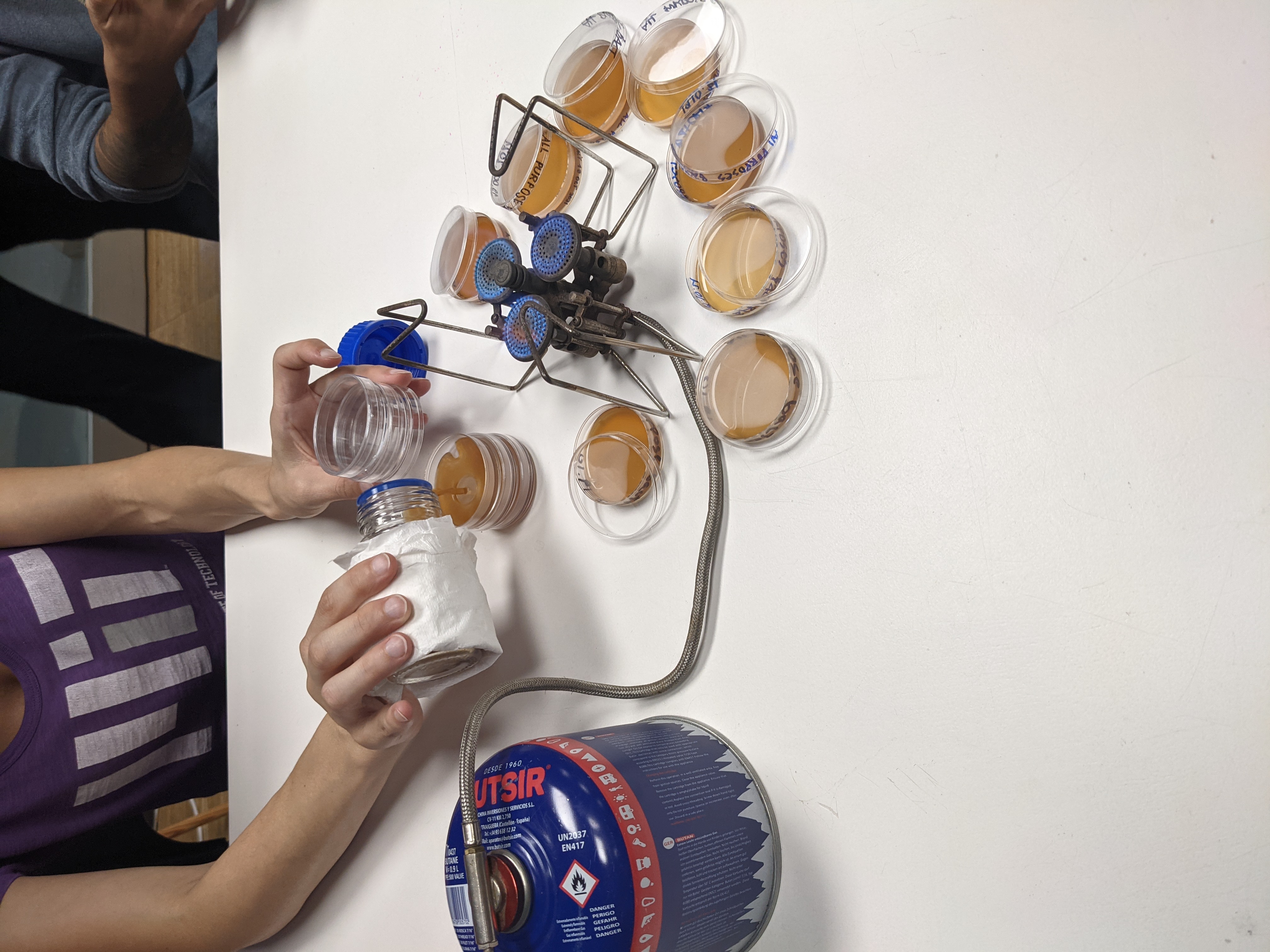
Vision of the future
My vision of the future is based upon the concept of Solarpunk, which is an eco-futurist movement that envisions a regenerative world rooted in communal living where humans, nature, and technology work together harmoniously. It is created as a response to the climate crisis and explores a hopeful world powered by renewable energy and an economy centered in decentralised and collective living.
I believe that it is possible for humans and nature to prosper simultaneiously. We can fully transition into a less exploitative model for society while still maintaining a similar quality of life. By featuring collaborative and connective models, where disadvantaged groups are uplifted we can create a decentralised yet integrated world with common pool sources and local self sufficient communities.
This vision is naturally very broad and all-encompassing, but I'm using it as a central mantra from which I want to cascade down into progressively more specific areas of intervention.

Mapping a New Workspace
For this week's Design Studio we analysed our surrounding environment for materials, people, tools, and locations that could help us carry out our project. This took place during our Bio & Agri Zero week which turbo'd some of the project ideas I had stored in the backburner of my head. I've thus decided to narrow down my Solarpunk vision into a specific aspect of Solarpunk that I could work on and contribute which is microbiology and more specifically the bioremediation of plastic at the beginning and at the end of a traditional product life cycle.
My new workspace features a range of components that I previously didn't have. Being based in Poblenou, I'm planning on using this neighbourhood as an experimental sandbox. I want to grab locally discarded plastic products that have not yet been recycled and design a prototype that would serve as a plastic bioremediation site which could then be circled back into the economy.
Additionally, the biggest asset I have being a student at IaaC is the network of contacts that it provides. Some of the professors such as Nuria Conde and Jonathan Minchin are vastly knowledgeable in their fields and could mentor me through this whole process of discovery and experimentation. It also provides me with the platform and backing from which I can contact scientists and designers that have previously done similar experiments.

Narrowing focus
I realised the dreams I had for an ideal future were too broad, and I struggled to find a specific project that I would like to pursue, so I began to narrow down on my ideas. Basing myself on the principles of Solarpunk, Carbon-neutral lifestyles and Circular economy as my vision of an idealised future, I began to list down things that would come in the middle of these three categories. I chose the city as a setting where I would like to focus on, and thought of possible options that would supply all of these visions in an urban setting. I decided that human byproducts that were not being reintroduced into the economy or nature and were instead discarded as waste was the central point the 3 main visions. I then picked up on a few tools that would help me solve this challenge in a way that was consistent with the vision.

After narrowing down on the challenge to solve, I further partitioned it into two sections: the beginning of the supply chain and the end of the supply chain. The former would refer to the packaging of goods that are not created taking into consideration its reintegration into nature, and the latter refers to the reintegration into nature of products that were created without a thought for its reintegration. I decided to choose bioremediation as a guideline for agents of change for these two partitions and chose fungi and algae as drivers of change for the front of the line, and fungi and bacteria. Seeing as the front of the line had already many solutions to solve a wide variety of packaging problems, I've decided to focus on the end of the line that had very few present solutions.

First experiment
As an initial experimentation, I wanted to test growing bacteria in a Petri dish utilising the equipment we had at hand. During our Bio Zero class, we created an agar-based medium following a recipe from www.thelabrat.com which we then sterilised using dry heat. The experiment consisted of forming a hypothesis on whether a certain location or action had a higher, lower or no impact in the amount of bacteria present. My experiment consisted of taking a sample from the inside of my mask, which I had coughed on heavily from a recent cold, and comparing it to the inside of a mask that did not have a cold. I additionally took notes and observations from my classmates' petri dishes, some of which had a huge ecosystem of bacteria growing on them from things such as door handles.
In my experimentation growing bacteria for a week in an incubator set at 37 degrees celsius, the growth of the bacteria gradually increased but I realised I had made a mistake when taking the sample. I had sterilised the tool from which I would take the sample and used it on the sample too early, so much of the bacteria didn't survive to the petri dish thus affecting the final result. This served as a great learning process on what to do and what not to do when carrying out an experiment. My next experiment will feature fungi spores and plastic degrading bacteria.
Documentation Studio Assignment
For this assignment, we were instructed to document the two week Tech Beyond the Myth course in a creative manner. We weren't given clear defined instructions on how to do our documentation, so we were free to explore and be as creative as we could be.
I decided to do a more practical kind of documentation, utilising a method I had been already using previously in an informal manner. I am a very active Twitter used, and on my main Twitter account I would sometimes upload photos and write about my experience doing some MDEF assignments. This would usually only involve highlights and final results, rather than a progressive development that would conclude with a final result. I decided to create an alternate account just for MDEF documentation. The Twitter format helped me maintain a structure of summarising my message in 280 characters, supported by images and videos. Another benefit of utilising Twitter is the 'retweet' format, which I could then use from my main Twitter account to share the highlights of my documentation that I would share either way and reach more like-minded individuals.